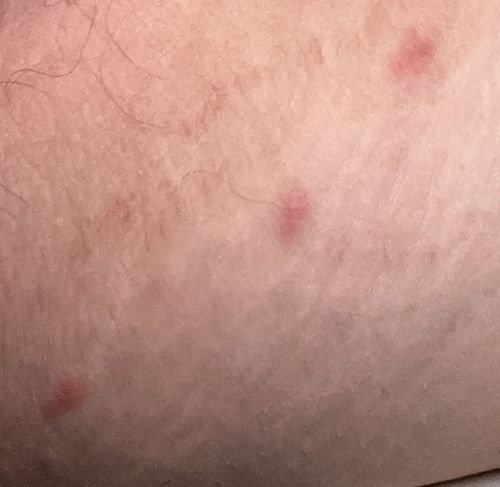Flea
Scientific Name: Siphonaptera (order - not a single scientific name)
Order & Family: Order: Siphonaptera, Family: Pulicidae (common fleas), Ceratophyllidae (bird and rodent fleas), etc.
Size: Typically 1.5 to 3.2 mm (0.06 to 0.13 inches) in length. They are wingless, with bodies compressed laterally, allowing easy movement through fur or feathers.

Natural Habitat
Fleas thrive in warm, humid environments. They are commonly found in carpets, bedding, pet sleeping areas, cracks in floors, and outside in tall grass or shaded areas where hosts frequent. They live on host animals (mammals and birds) and in their immediate surroundings.
Diet & Feeding
Adult fleas are obligate hematophagous parasites, meaning they feed exclusively on the blood of their hosts (mammals and birds). Larval fleas feed on organic debris, including adult flea feces (which contain digested blood), skin flakes, and other detritus.
Behavior Patterns
Fleas are notorious for their jumping ability, which allows them to easily transfer between hosts. They are highly resilient and can survive for significant periods without a blood meal. Females lay eggs (up to 50 per day) after feeding, often in the fur or feathers of the host, which then fall off into the environment. The life cycle involves four stages: egg, larva, pupa, and adult. The pupa stage can remain dormant for months, waiting for favorable conditions (e.g., vibrations indicating a host's presence) to emerge as an adult. Flea bites often appear as small, red, itchy bumps, sometimes in clusters or lines, commonly on ankles and legs.
Risks & Benefits
Risks: Flea bites cause itching and discomfort, leading to skin irritation, allergic reactions (flea allergy dermatitis), and secondary bacterial infections from scratching. Fleas are vectors for various diseases, including bubonic plague (via rat fleas), murine typhus, and can transmit tapeworms (e.g., Dipylidium caninum) to pets and occasionally humans. Benefits: From a human perspective, fleas offer no direct benefits and are primarily considered pests. In ecological terms, they are part of the food chain for other insects and small animals, but their primary role is parasitic.
Identified on: 9/4/2025